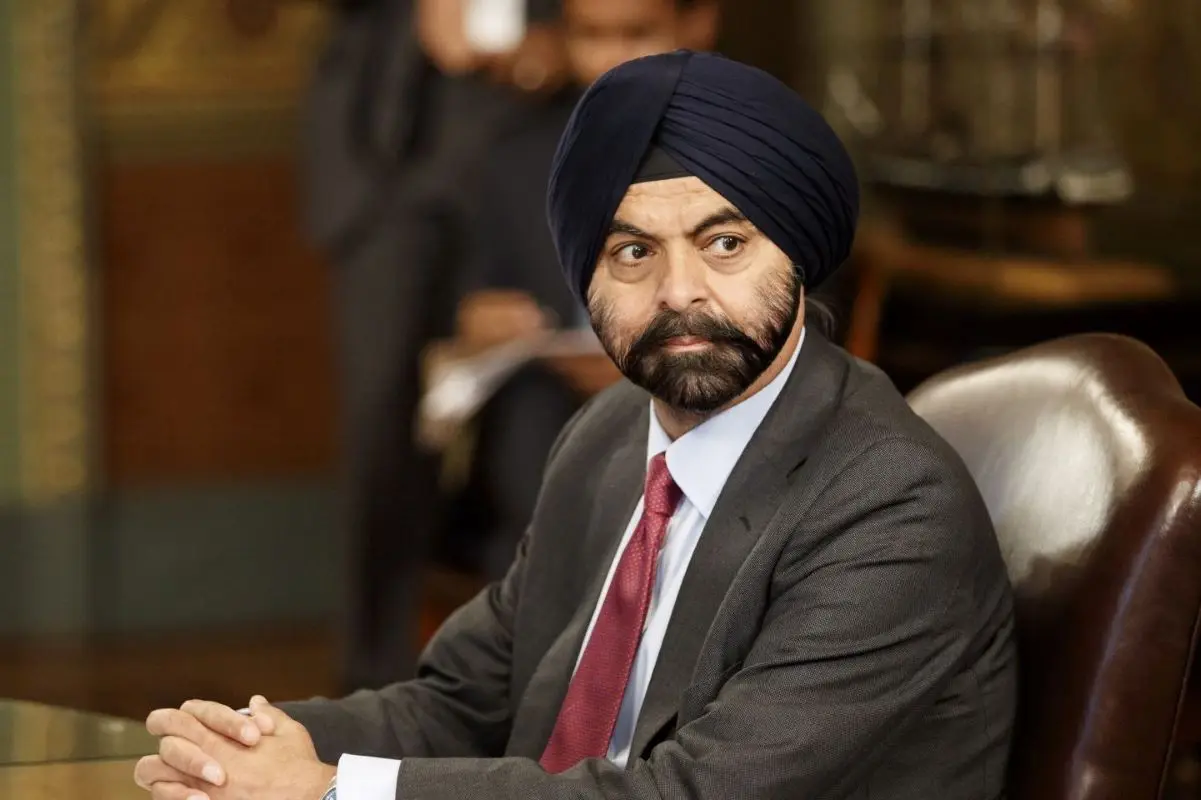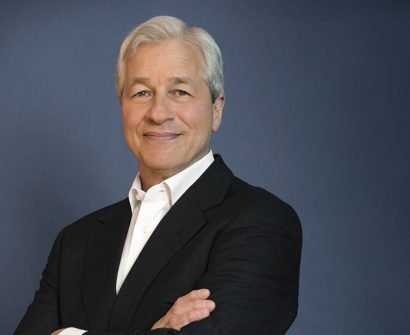Currently Empty: $0

They might be at the top of their game, but the survival rate for chief executive officers is low. Thirty percent of Fortune 500 CEOs last fewer than three years in the role. And two out of five new CEOs are deemed to be failing within 18 months.
“The CEO role isn’t necessarily what people think it is,” says Carolyn Dewar, a senior partner at McKinsey who co-leads the firm’s CEO and board excellence work and coaches Fortune 100 CEOs. “There’s a lot of mystique around it, and so when people get into the role, they realize there’s a whole other world—the board management, the external management, the integrating piece—that’s very different from just being a good leader of the business.”
Illuminating what the CEO role entails and how to get there were the catalysts for the research behind CEO Excellence, a book she co-authored with fellow McKinsey partners Scott Keller and Vikram Malhotra. “How do we demystify this role so that people aren’t surprised when they get there? Because, in some ways, it’s a superhuman job,” says Dewar.
The three consultants analyzed more than 20 years’ worth of data on 7,800 CEOs from 3,500 public companies across 70 countries and 24 industries to identify high-performing CEOs whose companies grew healthier during their tenures. They then conducted detailed interviews with a sample of 67 CEOs, synthesizing the skills and practices that have driven their success. Interviewees included JPMorgan Chase’s Jamie Dimon; Ken Chenault, formerly of American Express; Microsoft’s Satya Nadella; and GM’s Mary Barra.
Malhotra, McKinsey’s chairman of the Americas, says four seemingly counterintuitive findings emerged from the research.
“First, excellent CEOs don’t just define that next level of aspiration, but in many ways, they reframe what winning means.”
Ajay Banga, ex-Mastercard CEO and now president of the World Bank, took the payments company from a roughly $27 billion market cap to a $325 billion market cap in about 10 years, Malhotra says. “He comes in and finds that all the talk is about beating Visa, beating American Express. But when he really looked at the world, 92% of all payments at the time were in cash, and so he switched the narrative to kill cash.” Mastercard shifted its business strategy to focus on debit and credit cards, and it paid off massively, Malhotra says.
Henrik Poulsen employed a similar strategy as the CEO of Orsted, once a sleepy utility company, and transformed it into one of the world’s largest renewables companies. “He reframed what winning means,” Malhotra says.
The second counterintuitive finding, he says, is that high-performing CEOs focus on one thing and “drive the heck out of it.” Microsoft CEO Satya Nadella focused squarely on scaling the cloud business for years, Dewar says. With that North Star, he restructured the company to invest in capabilities that would support it and remove barriers that would get in the way, such as long-existing cross-team siloes.
At Sony, ex-CEO Kazuo Hirai zeroed in on reigniting the “wow factor,” whether it was in entertainment, electronics, or professional services, Malhotra says. “That was his one thing, and he defined it, measured it, and really made it come alive.”
The third finding centers on talent. Excellent leaders are quick to rid themselves of C-players. But they’re amazing coaches to B-plus players, transforming them into A-minus players and molding A-minus players into A-players. “They spend a lot of time coaching people to perform at their best,” Malhotra says.
Finally, excellent leaders are extremely discerning in how they spend their time. “These CEOs spend 30% to 40% of their time on setting direction, asking, ‘What’s the vision? What are the strategies, the resource allocation, all of that?’” says Malhotra. They spend another one-third of their time on culture, talent, and organizational alignment and the final one-third on external matters. “That mix is quite different from excellent CEOs relative to most CEOs,” he says.
Consulting corner
“Boldness trumps incrementalism every day,” says Malhotra, particularly when it comes to direction setting. His co-authored McKinsey research found that many failed CEOs stepped into a company that was doing just fine, so they chose to make small moves that kept the ship steady. “But the reality is if you’re not bold, and you’re not aggressive, you will likely fail, and you will fail quickly.” Still, he admits, leaders should be cautious of moving too fast. There’s a balance, Malhotra says, citing a comment Nadella credits to his Microsoft predecessor.
“He said, ‘If you’re not bold, you will be gone. If you’re bold and get it wrong, you will be gone. So be bold and be right and all will be good. Fortunately for Satya, that’s turned out to be the case.”
Source: GWFM Research & Study








